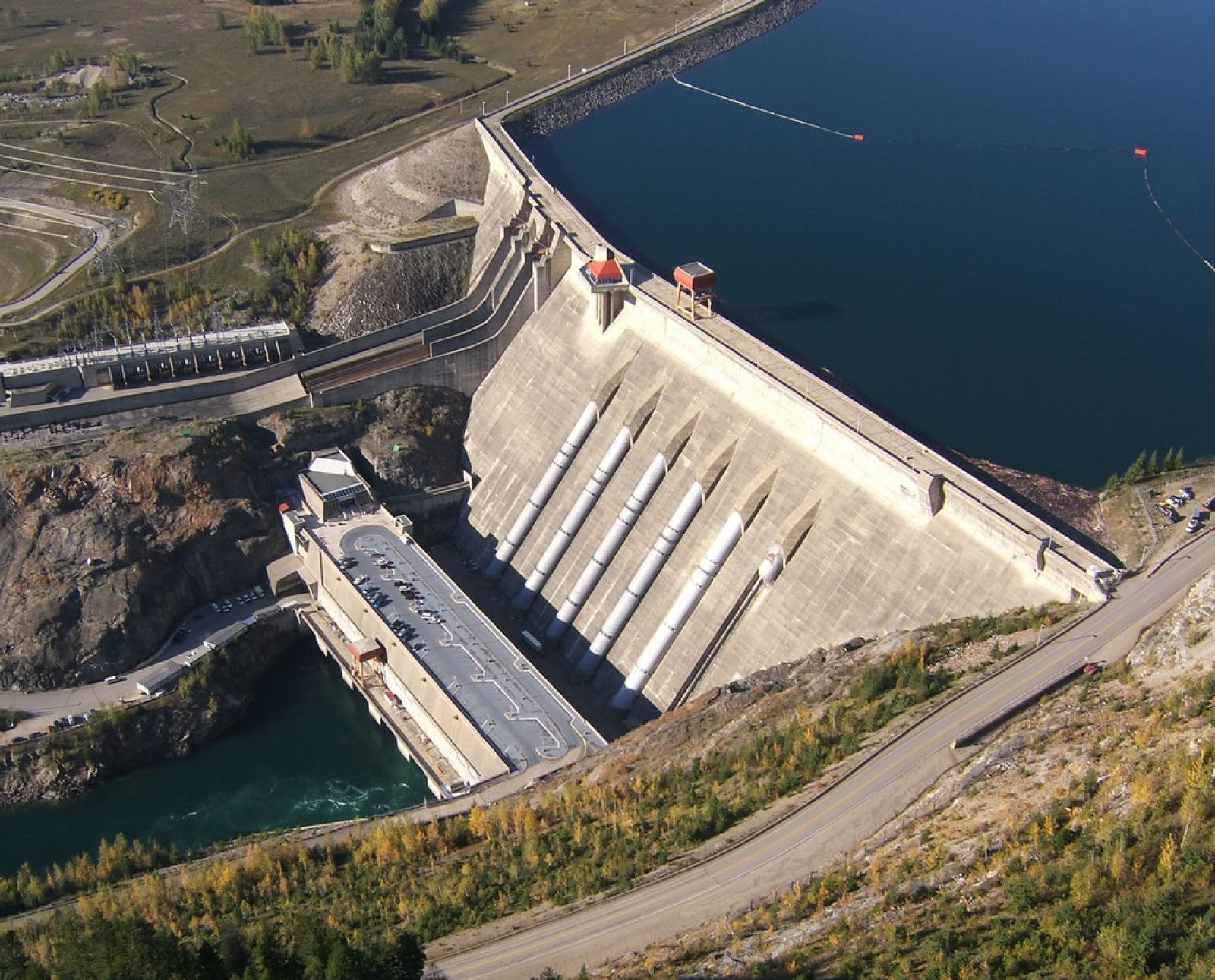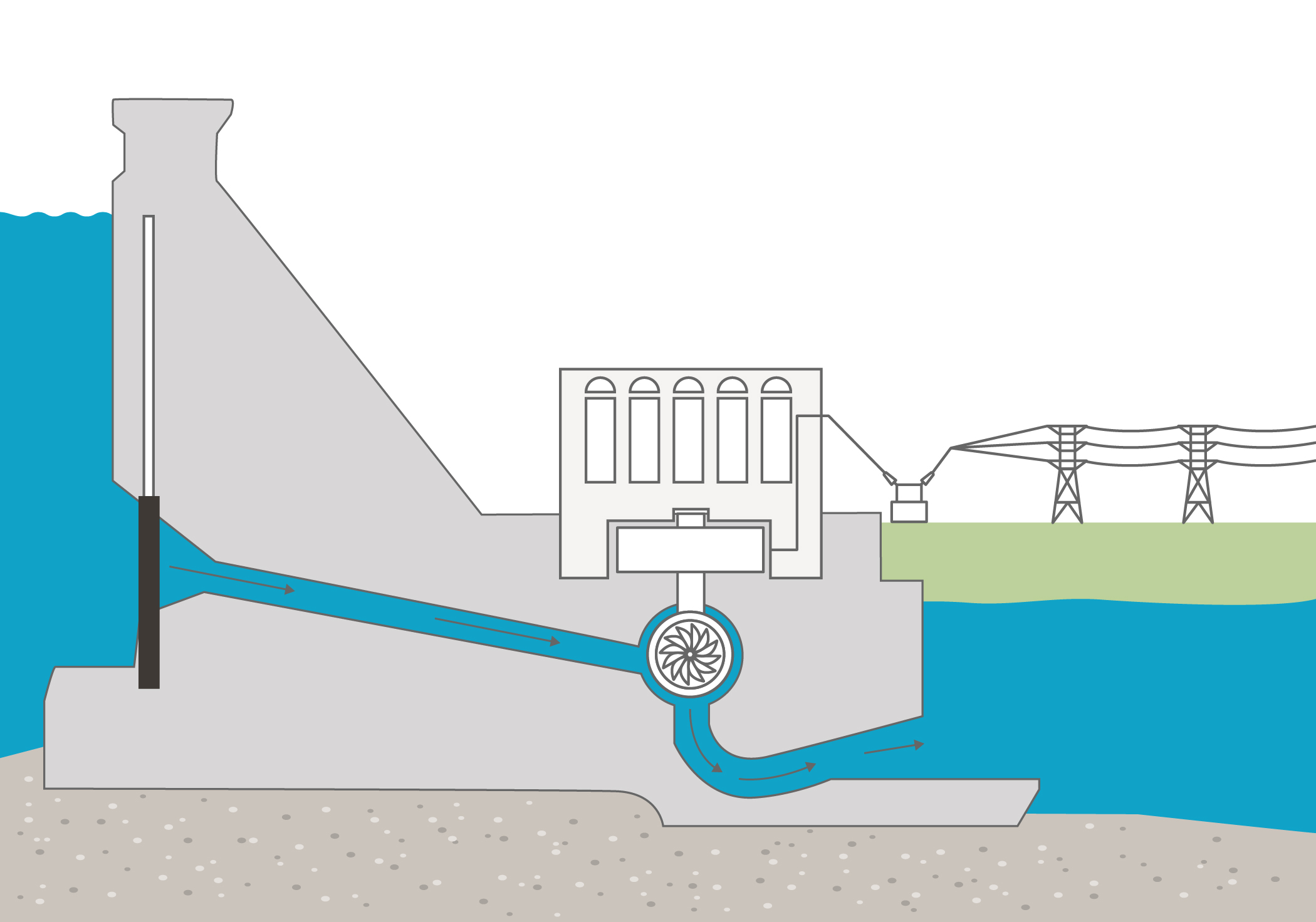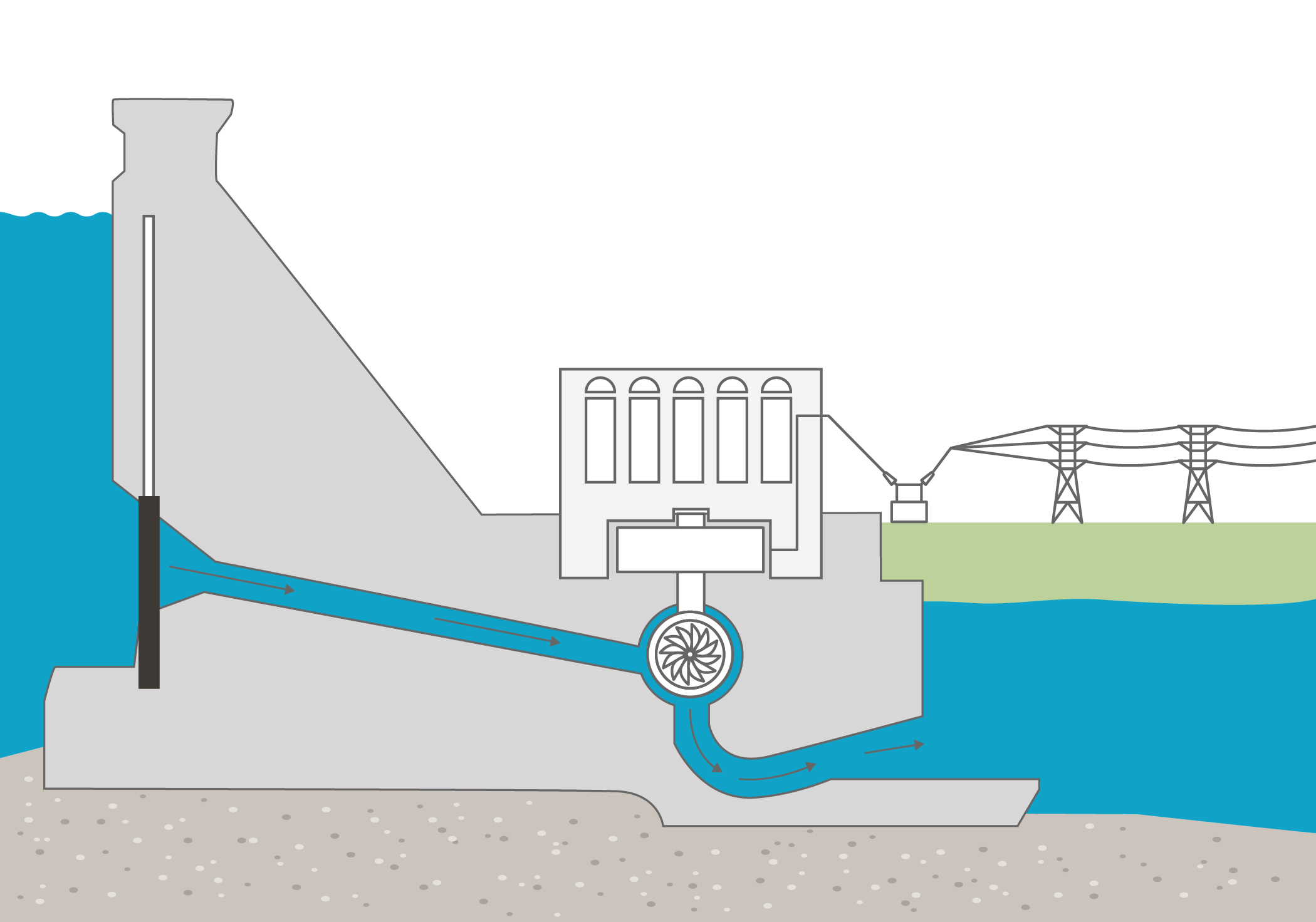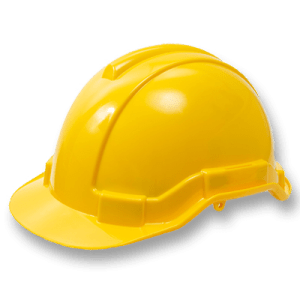How a dam works
In B.C. most electricity is generated from water and then travels to our houses, schools and buildings.

Overview
Show your students a short video about how the power of falling water generates electricity. The energy of the water, through a series of transformations and technologies, provides clean, renewable power to homes, schools and businesses across B.C.
Instructions
What you'll need
- “How a dam works” worksheet for each student
- Get your students to find a partner and have them talk about what they know about electricity and where it comes from. Go around the room and have the pairs share their ideas.
- Review the “How a dam works” worksheet and explain to the students that they should first watch the video without trying to write anything down.
Draw the electricity web
- Play the video for the class, then have the students complete the “electricity web” diagram on their worksheet.
- Watch the video again, then engage your students in a discussion of terms and steps in the hydroelectricity generation process. Have them take notes.
- If you feel your students need further review, watch the video again and pause to point out key terms, or as students request so they can capture the information.
Sketch the inside of a dam
- Using the notes they took while watching the video, have your students draw a picture of the inside of a dam, labelling the different components.
- Display the supplied image of the inside of a dam, and have your students compare their drawings, making changes as needed.

- Invite your students to share their sketches.
Modify or extend this activity
- Students work in groups to research and build a working model of a hydroelectric generator that can produce enough current to light an LED bulb.
Curriculum Fit
Grade 7 Science
Content
- Electromagnetism
Curricular competencies
Questioning and predicting
- Demonstrate a sustained intellectual curiosity about a scientific topic or problem of personal interest
Processing and analyzing data and information
- Use scientific understandings to identify relationships and draw conclusions
Applying and innovating
- Transfer and apply learning to new situations
Communicating
- Communicate ideas, findings, and solutions to problems, using scientific language, representations, and digital technologies as appropriate
Assessments
Observe students and assess their ability to:
- Explain how electricity is generated using falling water.
- Illustrate how electricity is generated from water.
Teaching Notes

Hydroelectricity generation begins with the collection of water in a reservoir created by a dam. When released, the water channels through large pipes, called penstocks. The fast-moving water pushes blades inside turbines, which makes the turbines spin.
The spinning turbines cause the generators to turn.
Inside the generators, the magnets spin past coils of copper wire, causing electrons to move. This is electromagnetism, and it is central to how the mechanical energy of the falling water is converted to electrical energy.







